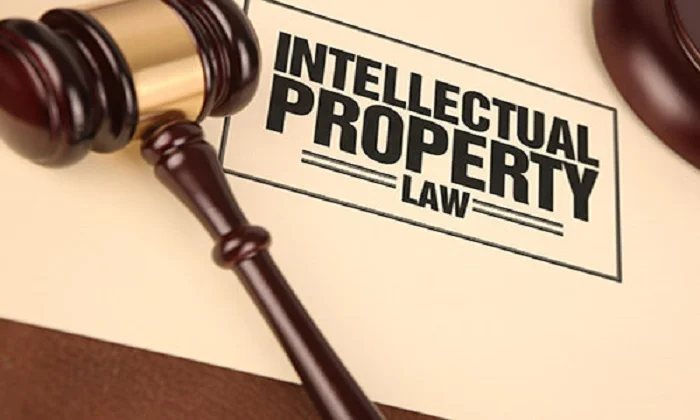IP PROSECUTION
IP prosecution is the process of drafting, filing, and negotiating with the Patent and Trademark Office in order to obtain patent protection, trade mark protection, and design protection. IP prosecution is a cooperative interactive process in which the applicant and the applicant’s representatives work with the Patent and Trademark Office examiners to address various concerns regarding an invention’s patentability, trade mark or design.
The patent prosecution usually starts with a patent search that allows an inventor to determine whether it is worth the cost of moving forward. The patent agent or attorney will draft the application after reviewing a patent search and interviewing the inventor to figure out the nature of the invention. He or she will determine whether the invention is both novel and non-obvious, based on a comparison with prior art. After preparing the patent application, the application will be filed as soon as possible.
What Happens During Patent Examination?
Patent examiners will examine patent applications in the order they are received. The examiner will evaluate the application to make sure it conforms to formalities that are required and to determine whether the claims are patentable. The patent examiner will not only study your application, but also investigate any available prior art, which is the body of knowledge relating to your invention that exists before your invention or more than a year before the date you applied for the patent. It is not uncommon for the application to be amended during patent prosecution.
The interactive process builds up a file history that can later be used as intrinsic evidence to determine the scope of a claim if there is litigation later. Correspondence also forms part of the file history, which is one reason it is important to retain representation. An applicant’s claims in writing to the patent office can adversely affect an issued patent later. In some cases, the examiner will conduct oral interviews to advance the prosecution.
After the examination, the examiner will accept the application and issue a patent, issue an objection if there is a problem with the form of the application, or issue a rejection of some or all of the claims. Some claims are rejected as not being patentable.
In the case of rejections, the examiner will tell you why and give you references and information to determine whether it makes sense to continue trying to prosecute the patent.

Write Your Comments